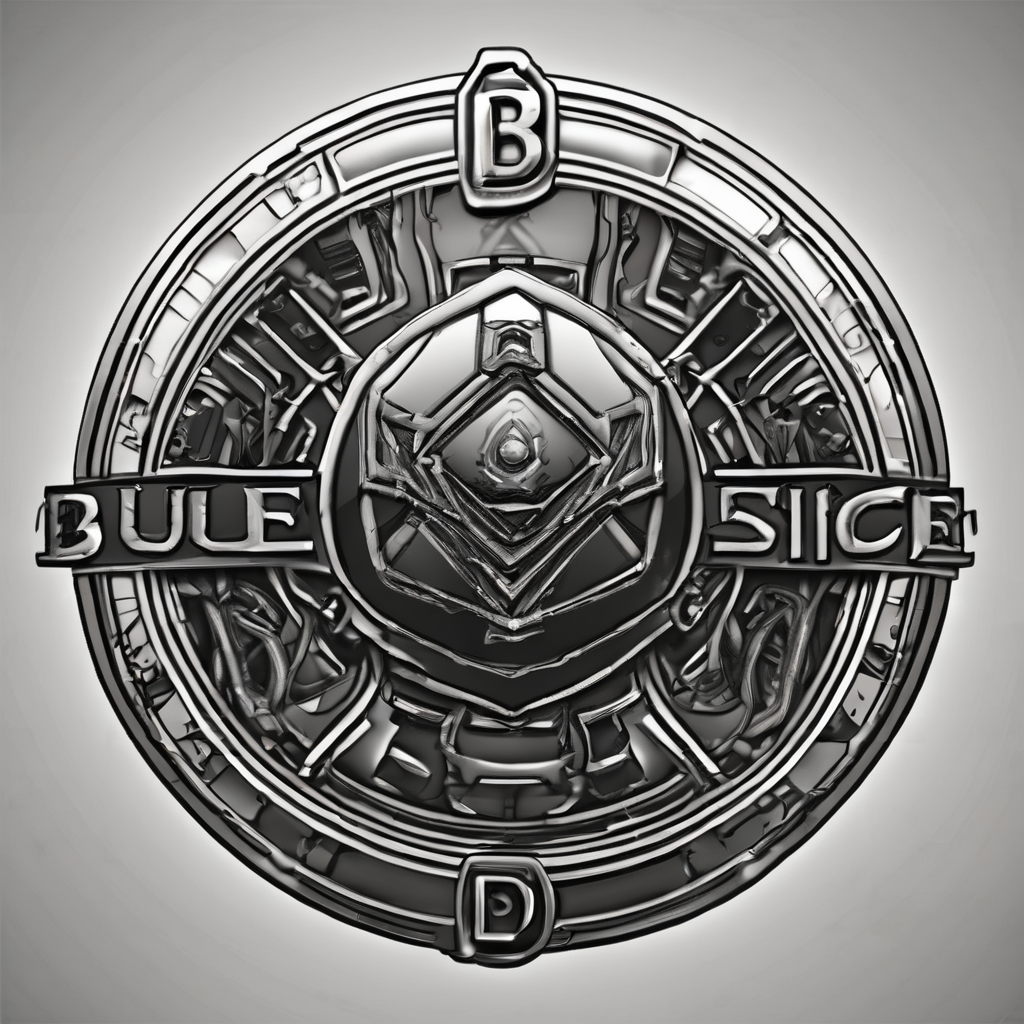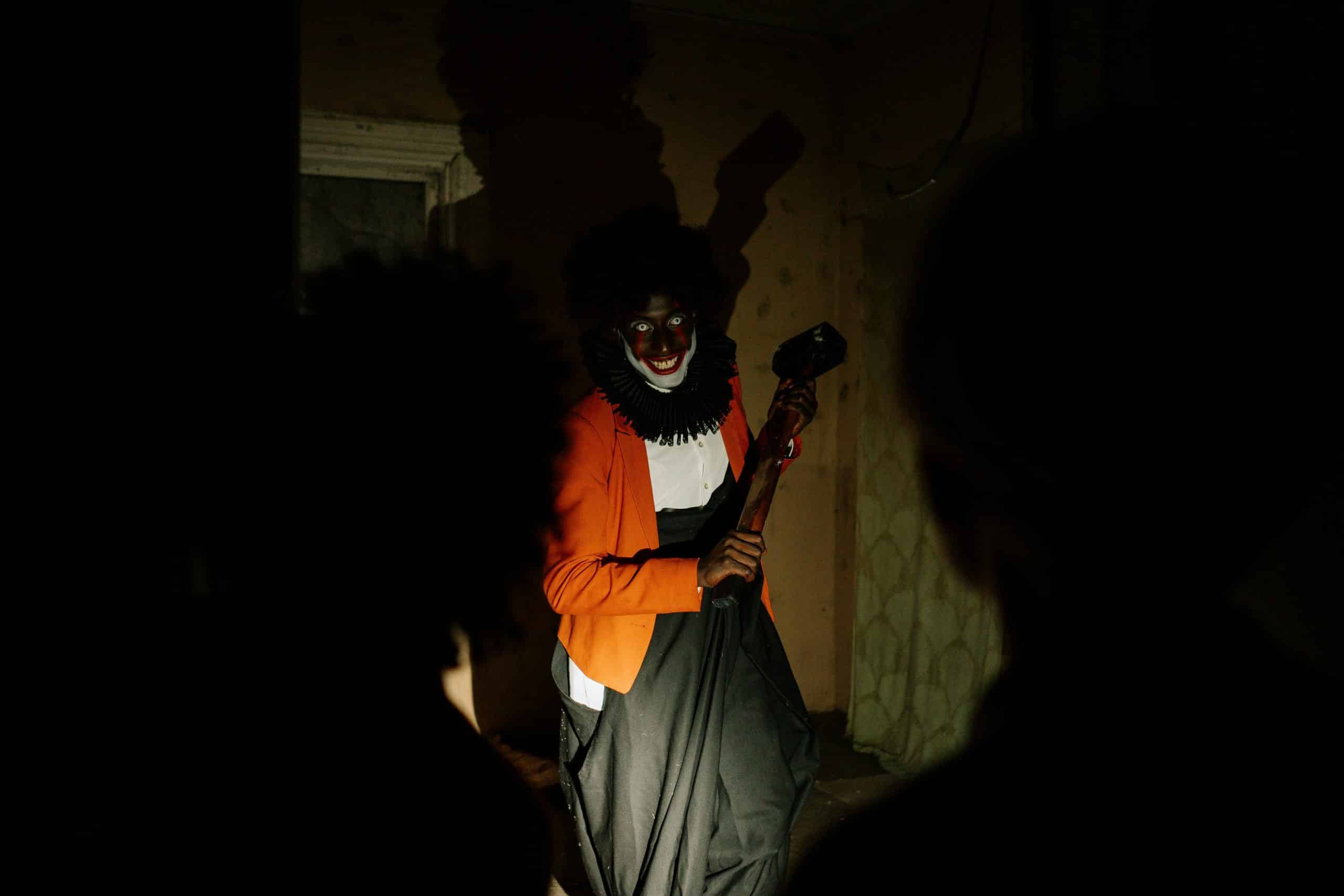As game developers, creating an immersive and terrifying experience is paramount when designing horror games. One of the most effective ways to achieve this is through lighting and shadows. With the advent of real-time ray tracing, game engines like Unreal Engine have revolutionized how we render light and shadow in video games. This article will explore the benefits of using real-time ray tracing for creating dynamic shadows in horror games, focusing on how this technology can enhance your game’s visual and emotional impact.
Enhancing Immersion with Real-Time Ray Tracing
Lighting and shadows are critical components in building an immersive environment. Real-time ray tracing allows game developers to create more realistic and dynamic lighting effects, which can significantly enhance the player’s sense of immersion.
En parallèle : How can developers use machine learning to enhance game testing processes?
Realism in Lighting and Shadows
Ray tracing simulates the behavior of light rays in a more natural and accurate manner compared to traditional rendering techniques. This means that light sources will cast shadows that behave as they would in the real world, providing a more realistic experience. In horror games, where creating a sense of dread and uncertainty is vital, having natural and dynamically changing shadows can make a significant difference.
For instance, in a dark, abandoned mansion, the flickering of a candle’s flame can cast eerie, moving shadows that create a heightened sense of fear and anticipation. The subtle play of light and shadows can invoke a feeling of vulnerability, making players more invested in their survival.
Dans le meme genre : What are the key considerations for designing user-friendly in-game marketplaces?
Dynamic Lighting Effects
Real-time ray tracing also allows for dynamic lighting effects that can change based on the player’s actions or environmental circumstances. This means that shadows will shift and morph as the player moves through the scene, adding to the tension and unpredictability of the game. Unlike pre-rendered lighting, real-time ray tracing ensures that these lighting effects are consistently accurate no matter the player’s interaction with the environment.
For example, if a player suddenly turns to confront a potential threat, the dynamically shifting shadows can create sudden moments of unease. This kind of real-time interaction with light sources and shadows is crucial for maintaining the tension and atmosphere characteristic of effective horror games.
Improving Visual Fidelity and Atmosphere
Visual fidelity is a key aspect of modern game design. With real-time ray tracing, the visual effects in your game can reach new levels of detail and realism.
Enhanced Shadow Detail
One of the standout benefits of real-time ray tracing is the ability to create detailed shadows. Traditional shadow-mapping techniques can struggle with providing fine details, especially in complex scenes. Ray tracing, however, can accurately render soft shadows, where the edges blur naturally depending on the distance from the light source. This leads to more convincing and visually appealing results.
In horror games, this means shadows can appear more lifelike and contribute significantly to the ambiance. The subtle nuances of light and shadow can make environments seem more oppressive or mysterious, amplifying the player’s emotional response.
Consistent Lighting Effects
Real-time ray tracing ensures that lighting effects are consistent throughout the game. This consistency is crucial in maintaining the immersive atmosphere of a horror game. Inconsistent or unrealistic lighting can break the suspension of disbelief, reducing the player’s emotional investment in the game.
By using ray tracing, you can ensure that shadows remain consistent, even when the player revisits the same location from different angles. This creates a more persistent and believable world, where the lighting works seamlessly with the game’s design to keep players on edge.
Versatility in Game Design
Real-time ray tracing provides game developers with a powerful toolset for game design. This versatility can be harnessed to create unique and engaging horror game experiences.
Creative Control
One of the most exciting aspects of real-time ray tracing is the level of creative control it offers. Developers can experiment with different lighting setups and see the results in real-time. This allows for more iterative and exploratory design processes, leading to more innovative and effective horror game environments.
For example, you can adjust light sources in real-time to see how different shadows affect the player’s perception of a scene. This can help in fine-tuning the atmosphere and ensuring that every shadow contributes to the overall sense of fear and tension.
Cost-Effective Development
While real-time ray tracing requires significant computational power, it can also be a cost-effective solution in the long run. Traditional lighting techniques often require extensive manual adjustments and pre-rendering, which can be time-consuming and expensive. Ray tracing automates much of this process, reducing development time and costs.
By leveraging the capabilities of modern game engines like Unreal Engine, you can streamline the development process and focus more on creating engaging and immersive gameplay experiences.
Pushing the Boundaries of Horror Game Design
The ability to render shadows and lighting effects in real-time opens up new possibilities for horror game design.
Creating a Sense of Presence
One of the primary goals of horror games is to create a sense of presence—making players feel like they are truly part of the game world. Dynamic shadows play a crucial role in this. When shadows react in real-time to the player’s movements and actions, it enhances the sense of being in a real, living world.
For example, as a character moves through a haunted forest, the shadows cast by the trees can change with the moving light of their flashlight. This creates a more immersive and tense experience, as players feel the environment reacting to their presence.
Enhancing Storytelling
Lighting and shadows are also powerful tools for storytelling in horror games. Real-time ray tracing allows for more nuanced and expressive lighting setups, which can be used to guide the player’s attention and convey emotions.
For example, a sudden drop in light can signify an approaching danger, while the appearance of a new light source can draw attention to important story elements or clues. By using lighting to influence how players perceive and interact with the game world, you can create a more engaging and emotionally resonant experience.
Enriching Game Mechanics
Real-time ray tracing can also enrich the mechanics of horror games. For example, you can design puzzles and challenges that rely on the player’s ability to manipulate light and shadows.
Imagine a scenario where players must navigate a labyrinthine mansion using only their flashlight. Real-time ray tracing would ensure that the shadows and reflections they encounter are realistic and responsive, adding an extra layer of challenge and immersion to the game.
Real-time ray tracing offers numerous benefits for creating dynamic shadows in horror games. By enhancing realism in lighting and shadows, improving visual fidelity, providing creative control, and pushing the boundaries of game design, ray tracing can significantly elevate the horror game experience. Dynamic shadows created with real-time ray tracing contribute to a more immersive, atmospheric, and engaging game, making players feel truly present in the terrifying worlds you build.
For developers looking to create unforgettable horror games, real-time ray tracing is a powerful tool that can help achieve new levels of fear and immersion. As technology continues to advance, we can expect even more innovative uses of ray tracing in horror games, further blurring the line between gaming and reality.

